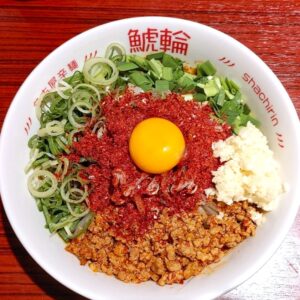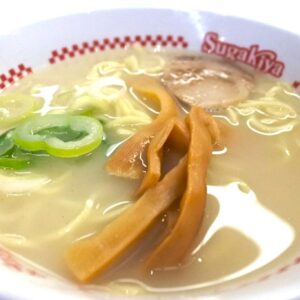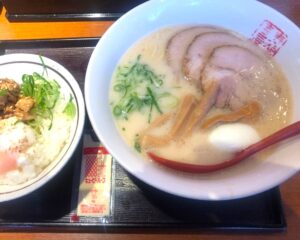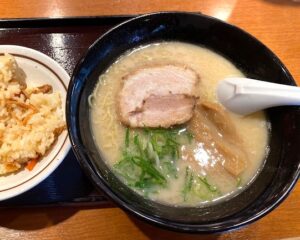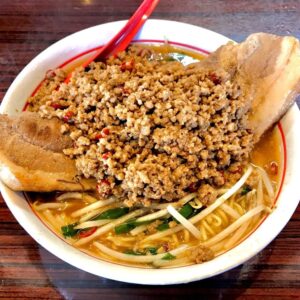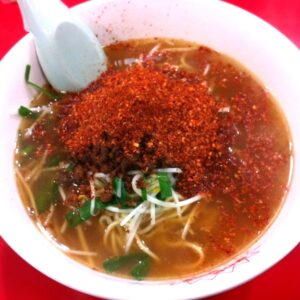Nagoya Ramen (Aichi Pref.)
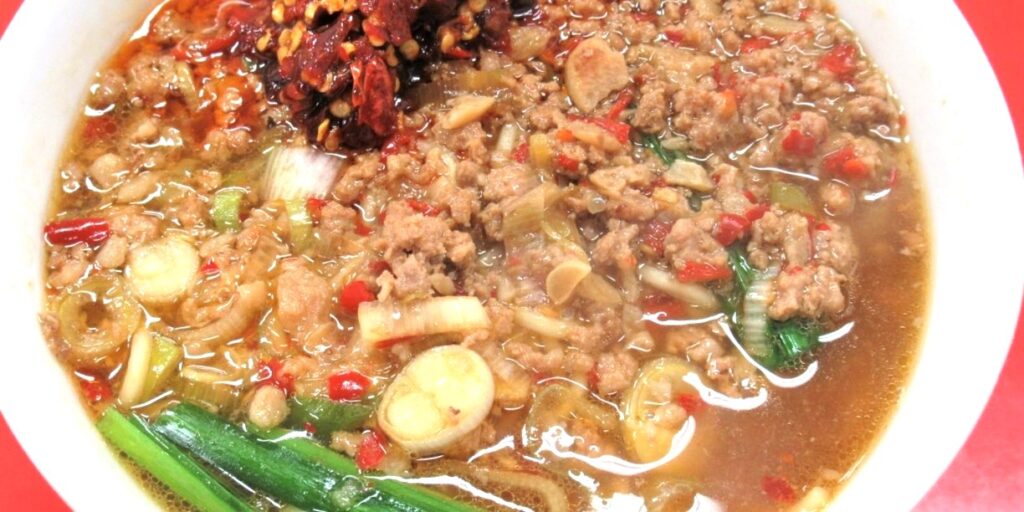
What is Nagoya Ramen(名古屋ラーメン)?
Local ramen eaten around Nagoya, Aichi Prefecture. It is said that there are two types of ramen: Korai-style(好来系) and Taiwan ramen(台湾ラーメン). The Korai lineage originates from Korai in Chikusa Ward. The ramen uses a double soup based on two types of seafood and tonkotsu, and is based on Chinese herbal medicine, so the soup is slightly cloudy and is often light. Taiwanese ramen is a soy sauce-based soup ramen that originated from Misen(味仙) and has chives and minced meat as ingredients. In many cases, they serve ramen with a spicy flavor that uses a lot of chili pepper.
There is also a type of stamina-based ramen called Viet Cong Ramen(ベトコンラーメン) that uses garlic, but I will introduce that in a separate section.
A huge local chain, a traditional Chinese herbal medicine ramen, Taiwanese ramen born in Nagoya, and a rush of high-quality new shops.
I hear that people in Nagoya are exclusive. Banks, newspapers, and baseball are all popular among locals. So, while kishimen(きしめん; flat udon noodles) and miso stewed udon(味噌煮込みうどん) are so popular, how about ramen? Also, how is the market for ramen in other regions? Recently, local ramen has finally entered the market, but it seems to be rare compared to other regions. So, is there a local ramen in Nagoya that stands out from the rest? However, this is not to say that there is no ramen culture.
First of all, “Sugakiya(スガキヤ,寿がきや)” is a big presence in Nagoya. A unique ramen made with pork bone soup and bonito flakes. Moreover, it is a large chain shop that is popular among middle and high school students, offering sweets and other sweets at low prices. It’s not hamburgers or fried chicken, but ramen from Sugakiya in Nagoya. I wonder if it’s a strategy to get used to it a lot during high school and turn it into soul food. Apparently, the number of shops increased to 400 at one point. There were several in the metropolitan area, but they have all now withdrawn. However, from the perspective of ramen freaks, “Sugakiya” may not be considered a ramen shop, but a fast food shop.
The first directly managed shop was in Sakae, but no longer exists, and the first chain shop opened in 1969 at Uny Ozone(ユニー大曽根店内; Supermarket) (Nagoya City), and continued to operate until 2012, but is now a full-fledged ramen shop on the site. “Sugakiya(寿がきや)” has opened a shop. As of January 2022, it has 286 shops across eight prefectures from Kansai to the Tokai region.
Overseas, the company has expanded to Taiwan and Indonesia under the names “Sugakiya(壽賀喜屋)” and “Sugakiya.”
Well, actually, there is local ramen in Nagoya, even if it’s not called local. One is “Taiwan ramen(台湾ラーメン),” and the other is a Korai type(好来系) or medicinal herb type(薬膳系).
What’s interesting about “Taiwan Ramen(台湾ラーメン)” is that it’s not Taiwanese ramen, but a ramen created by a Nagoya shop. In fact, there seems to be no ramen like this in Taiwan. In the first place, “Misen(味仙)” was the first to serve this ramen. Boiled noodles are placed in a small bowl, and seasonings such as ground meat, chives, garlic, and hawk claws(red chilli pepper) are poured over the noodles. Combined with the spiciness, this ramen has a very strong impact. This became quite popular, and other shops began to imitate it. Nowadays, many shops offer a menu called “Taiwan ramen,” although the method of making it is different. I was surprised to find that a shop with “Shina Soba(支那そば; ramen)” on its sign also had Taiwanese ramen. “Eraku(江楽)” and “Motoyama(本山)” (currently relocated to Osaka) are also popular Taiwan ramen shops.
In addition, “Taiwan Mazesoba(台湾まぜそば)” was invented at “Menya Hanabi Takahata Main Shop(麺屋はなび高畑本店)” (2008) as a derivative of Taiwan ramen, and began to be recognized as “Nagoya Meshi(名古屋めし; Nagoya local food)” and spread throughout the country.
Another type of local ramen is Korai-style(好来系). As the name suggests, “Korai(好来)” (currently Sohonke Korai Dojo;総本家 好来道場) is the originator.
The soup is cloudy (slightly yellowish, different from the cloudiness of pork bones) made by boiling vegetables in pork bones and chicken bones, and has a slightly sweet taste. Menma(bamboo shoots) is big and there is a lot of quantity. The noodles are slightly thick and straight. There is Korean ginseng vinegar(朝鮮人参酢) on the table, and I recommend adding it to make it refreshing. If I remember correctly, the colander used to boil the noodles has a unique shape that looks like four people are tied together. I’ve only seen this at this type of shop. The interior of the shop is mainly made of wood, and many of the menu items are made of wood. Korai-style ramen shops include “Koyoken(好陽軒)”, “Koryu(好龍)”, “Fujimi-tei(藤味亭)”, “Menkichi(めんきち)”, “Mitsuboshi(みつ星)”, and “Jinya Honten(陣屋本店)”. Originally, only shops that had trained under “Korai(好来)” would be recognized as successor of branch shop, but things have become chaotic, and it seems that some shops that are not directly affiliated with them have started appearing.
Recently, Nagoya has been experiencing a bit of a rush of new shops, and many of them are of a high standard. “Sankichi(三吉)”, which had a long line of people, is famous for its special ramen without any chemical flavor. Apparently they won’t open the shop if the soup isn’t good, and when I went there, they almost closed temporarily. The chashu and half-boiled flavored eggs are also outstanding, and I think they will be the leading ramen in Nagoya. Other shops have opened, such as those with a non-chemical style, shops that put charcoal in their drinking water, and shops with carefully designed interiors, which is a sign that the “new century of Nagoya ramen has arrived.”
●Korai (Sohonke Korra Dojo 好来 総本家 好来道場) “Matsu(松)” The original Korai style, new Chinese herbal medicinal ramen. A unique flavor not found in other regions.
●Koyoken(好陽軒) “Chashu men (Matsu)叉焼麺(松)” From “Korai”, This is the basic menu. Characterized by a sweet yellowish soup and large menma bamboo shoots
●Masago(まさご) “Chuka Soba(中華そば)” The original and representative shop of Takayama Ramen (Gifu Pref.). It is rare that there is no sauce and the soup is in the soup stock from the beginning.
Ramen-Japan / Examples of Ramen Shops
Examples of local chain shops originating from Nagoya
Example of a Taiwan ramen shop originating from Nagoya
Examples of ramen shops with a Korai style
-
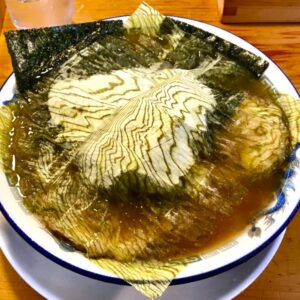
-
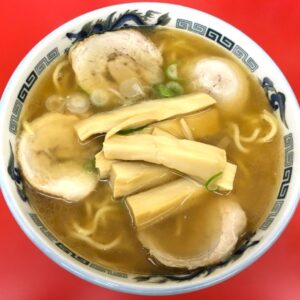
-

Fujimi-tei(藤味亭) *Korai’s grand disciple. There is also miso and curry ramen.
-

Ramen specialty shop Menkichi(らうめん専門店 めんきち) *Light yet flavorful medicinal herb soup.
-
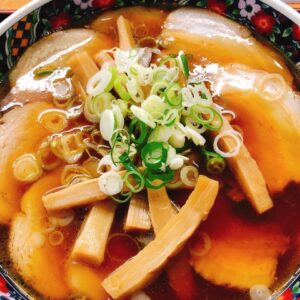
-

Ichiyoken(一陽軒) *A shop run by Koyoken’s son. Use pork bone soup.
Example of a Taiwan Mazesoba shop that originated in Nagoya
-
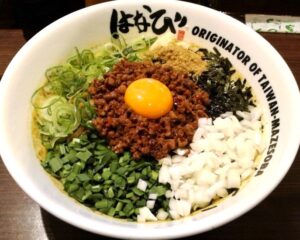
Menya Hanabi Takahata Main Shop(麺屋はなび 高畑本店) *Original Taiwanese Mazesoba shop
-
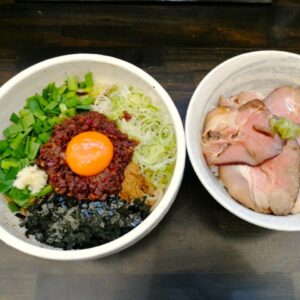
Teppen Kasugai Main Shop(てっぺん春日井本店) *They also have chilled Taiwanese mazesoba.
-
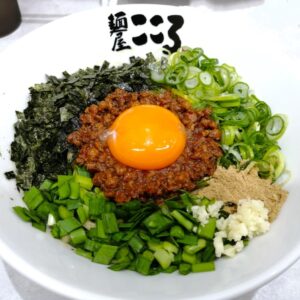
Menya Kokoro Komaki Shop(麺屋 こころ 小牧店) *Entered from Tokyo. Also expanded overseas.
Examples of various types of popular shops in Nagoya
-
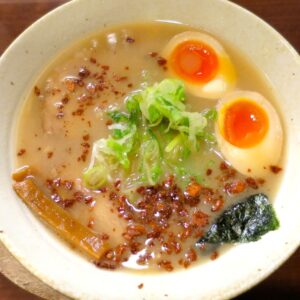
-
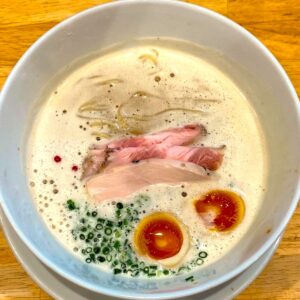
Menya Shishimaru(麺家 獅子丸) *Western-style ramen made with domestic ingredients
-

Chuka Soba Joshinya(中華そば 浄心家) *Dedicated to Mukacho. You can choose the type of noodles.
-
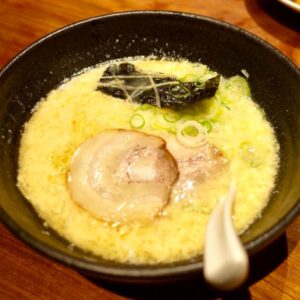
-
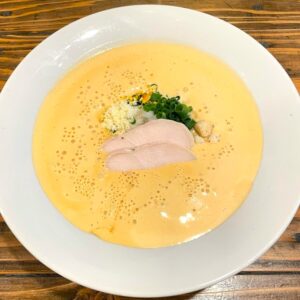
-

-
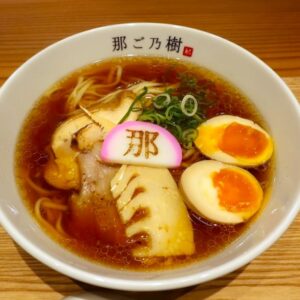
-
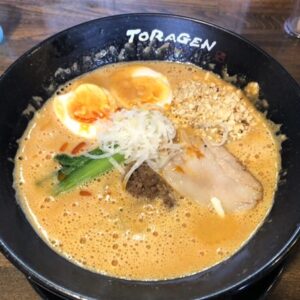
-
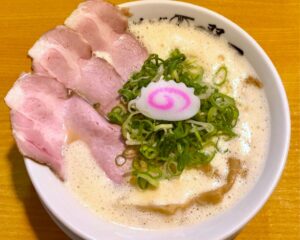
Chicken Soba Susuru(鶏そば 啜る) *Potage-like soup and rare chashu are popular.
-
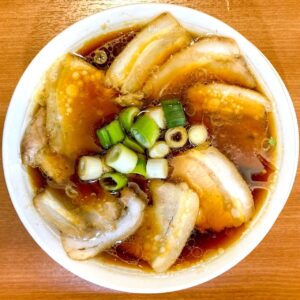
Rich Chuka Soba Sato(濃厚中華そば 佐とう) *Thick chashu. Rich soup with tamari soy sauce.
-
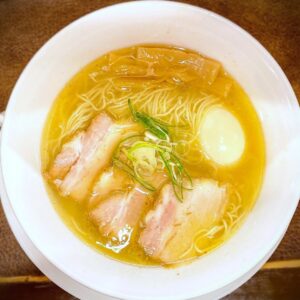
-
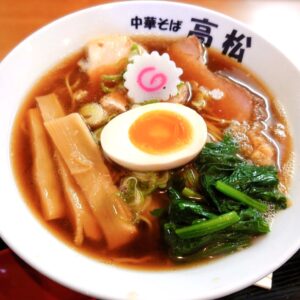
Chuka soba/Tsukesoba Takamatsu(中華そば・つけそば 高松) *Offers a variety of ramen. Curry ramen is popular.
-
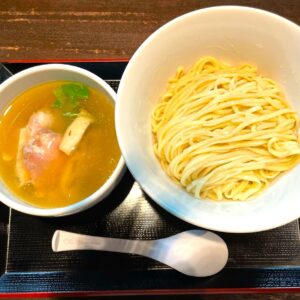
Menya Tamagusuku(麺屋玉ぐすく) *In addition to soy sauce ramen, they also serve Okinawan soki soba.
-
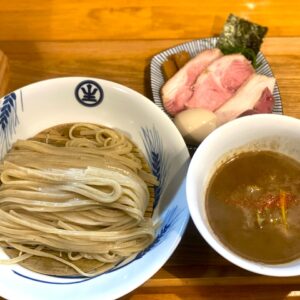
Chuka soba Naru (中華蕎麦 生る) *Richly salted Chuka soba and tsukesoba are popular.
-
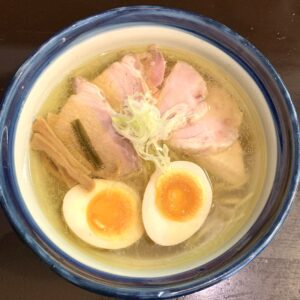
Ramen Kanade(らーめん奏) *Homemade noodles. No-nonsense tone. Bib Gourmand.
-
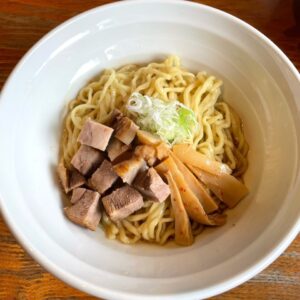
-
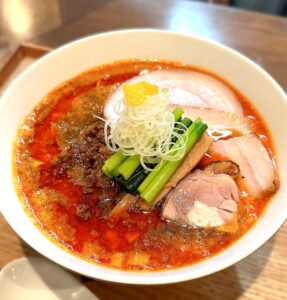
Raamen Ajisai(らぁ麺 紫陽花) *Black pork wonton noodles are popular. Homemade noodles.Bib Gourmand.
-
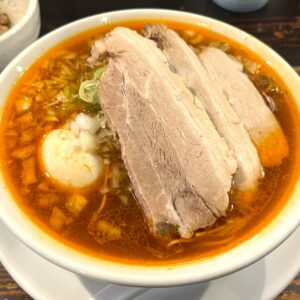
Tokugawa cho Josui Main Shop(徳川町 如水 本店) *Non-chemical soup made from natural ingredients.
-
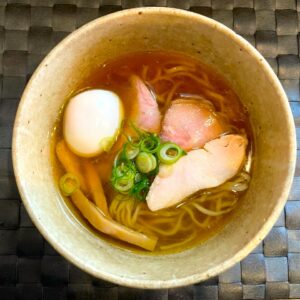
-
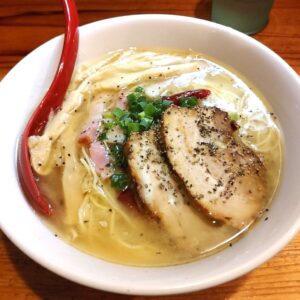
Tomu(十夢) *Italian ramen such as Vongola Ramen and Peperon Ramen.
-
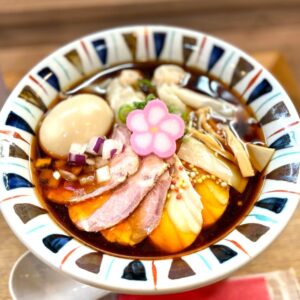
Shrimp Soba Hiiro(えびそば 緋彩) *Japanese-Western fusion ramen using shrimp.
-
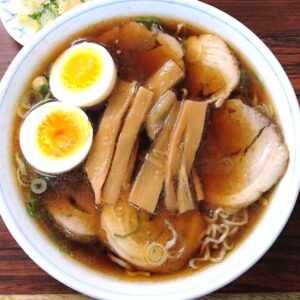
Masago Soba(真砂そば) *Successor shop of “Masago Soba”, the originator of Takayama ramen.
-
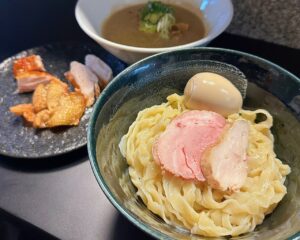
Ramen Asuka(らぁ麺 飛鶏) *Tsukemen is characterized by medium-thick, flat noodles.
-
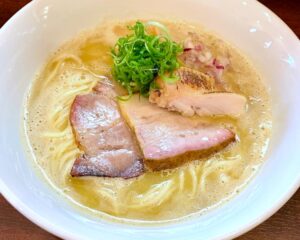
Menno Haru(麺乃はる) *From the famous shop “Hakushin(白神)”. Chicken cloudy soup ramen is popular.
-
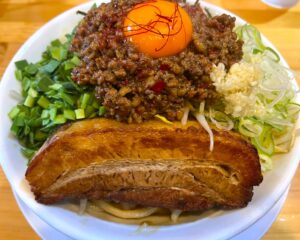
-
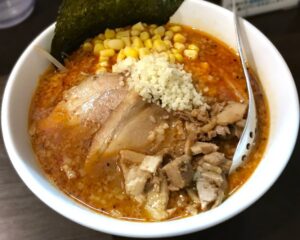
-
